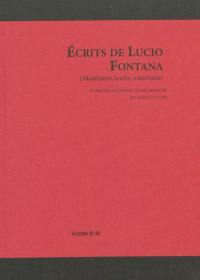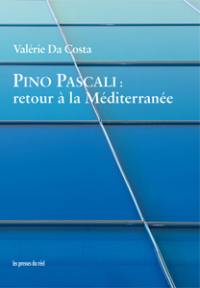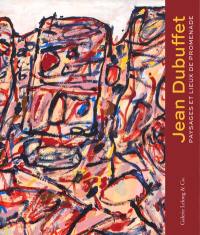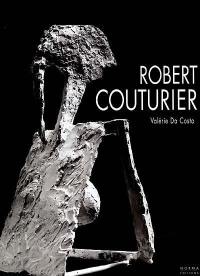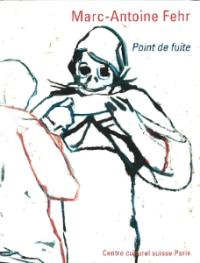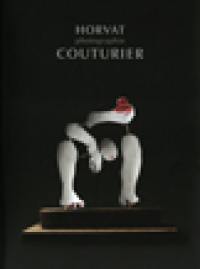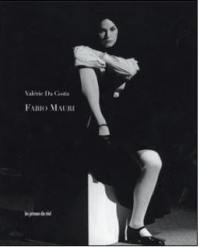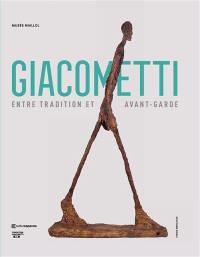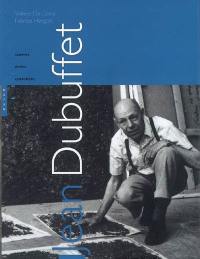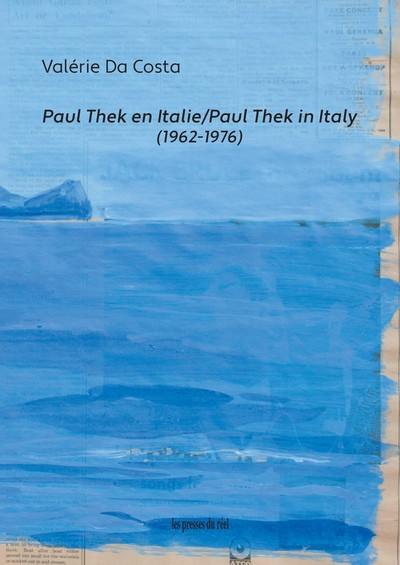
Fiche technique
Format : Broché
Nb de pages : 316 pages
Poids : 920 g
Dimensions : 17cm X 24cm
ISBN : 978-2-37896-282-1
EAN : 9782378962821
Paul Thek en Italie
1962-1976
Quatrième de couverture
Paul Thek (1933-1988), l'un des artistes américains les plus, singuliers de la seconde moitié du XXe siècle, a toujours refusé d'appartenir aux courants artistiques dominants.
De 1962 à 1976, il voyage en Italie, multiplie nt les longs séjours. À Rome, il découvre la sculpture antique, les réalisations de la Renaissance, les églises baroques, mais surtout l'effervescence artistique de la capitale. En Sicile, avec son ami le photographe Peter Hujar, il regarde la mort à travers les reliquaires, les processions religieuses ou encore les extraordinaires catacombes des Capucins. Sur l'île de Ponza, il expérimente une vie méditerranéenne extatique, en osmose avec la nature et notamment la mer.
Autant d'attitudes qui sont à l'origine de son oeuvre, des célèbres Technological Reliquaries aux expositions installations novatrices jusqu'au retour à la peinture et au dessin.
Cet essai s'attache à analyser cette vie italienne qui, bien que n'ayant jamais été étudiée, a cependant profondément influencé l'imaginaire et l'oeuvre de Paul Thek.
Paul Thek (1933-1988), one of the most distinctive American artists of the latter half of the twentieth century, always refused to be part of the artistic mainstream.
From 1962 to 1976, he traveled to Italy, for multiple extended stays. In Rome, he discovered ancient sculpture, the achievements of the Renaissance, the Baroque churches, but above all the contemporary artistic effervescence of the capital. In Sicily, with his friend the photographer Peter Hujar, he was confronted with the question of death through reliquaries, religious processions or the extraordinary Capuchin catacombs. On the island of Ponza, he immersed himself in an ecstatic Mediterranean lifestyle, in osmosis with nature and the sea in particular.
All so many deeply felt experiences that shaped his artistic practice, from the famous Technological Reliquaries, to innovative installations and his return to painting and drawing.
This essay sets out to analyze, for the first time, the deep influence of this Italian life on the imaginary and work of Paul Thek.





